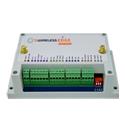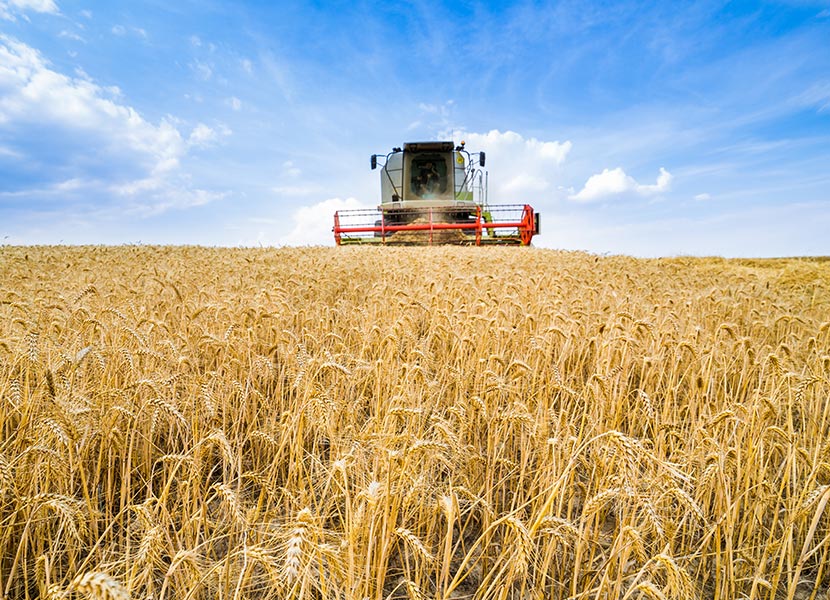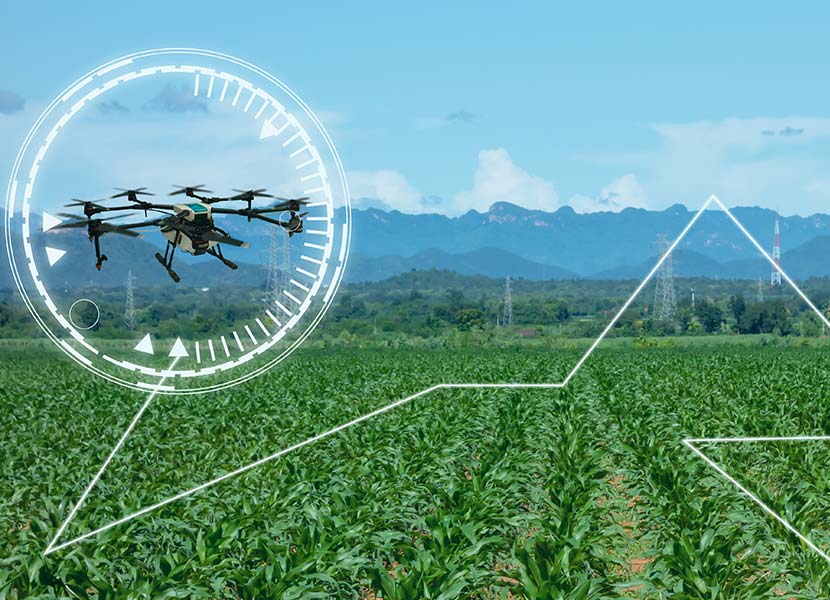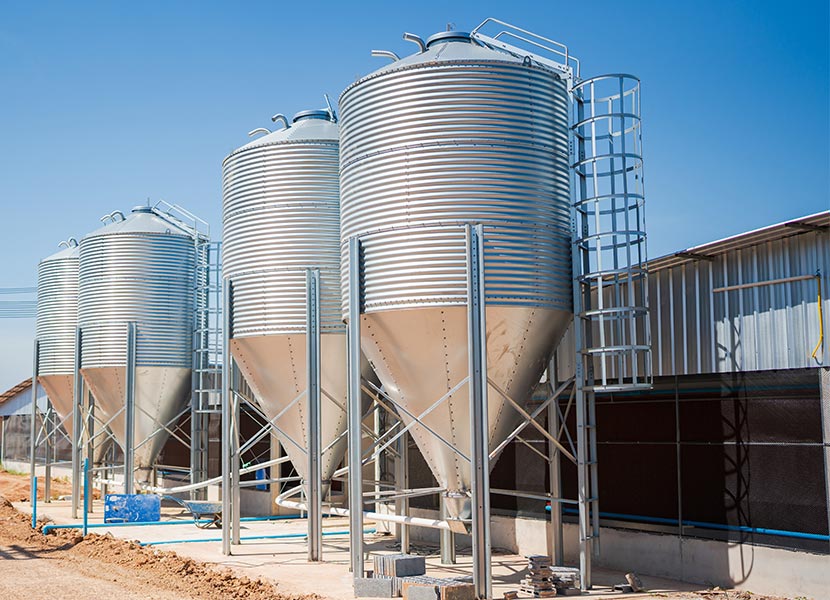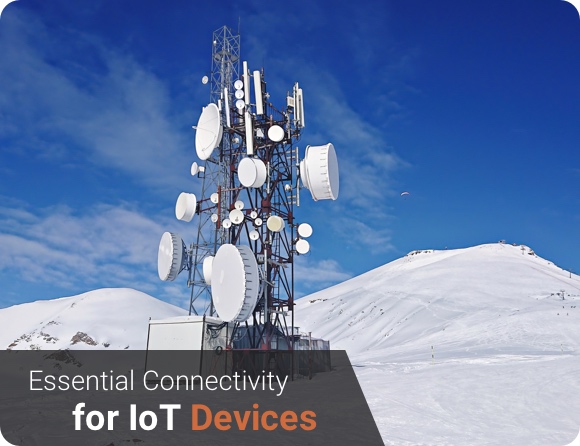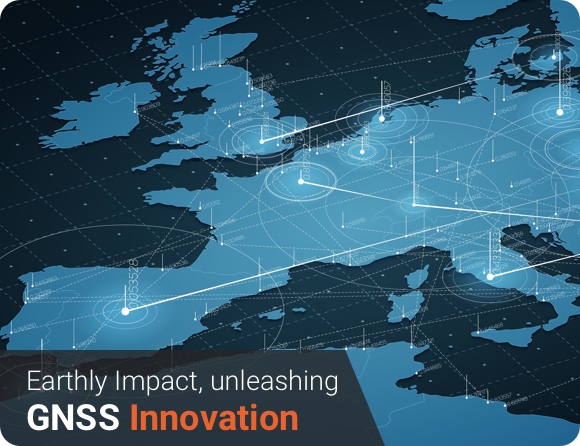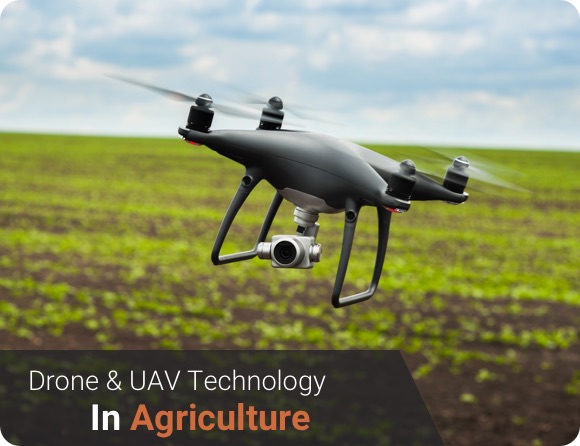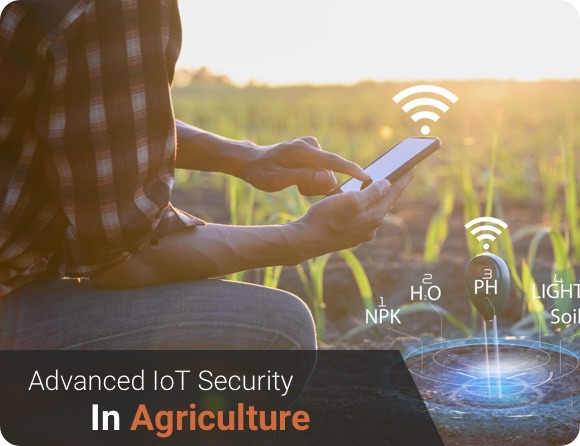
Overview of Precision Agriculture
What is precision agriculture?
Precision farming, also known as precision agriculture or smart farming, is a modern farming approach that leverages Internet of Things (IoT) devices, sensors, drones, artificial intelligence (AI), and other cutting-edge technologies for increased efficiency, productivity, and sustainability. In precision farming, farmers utilize a range of tools and techniques to monitor, analyze, and manage various aspects of their operations with precision and accuracy.















